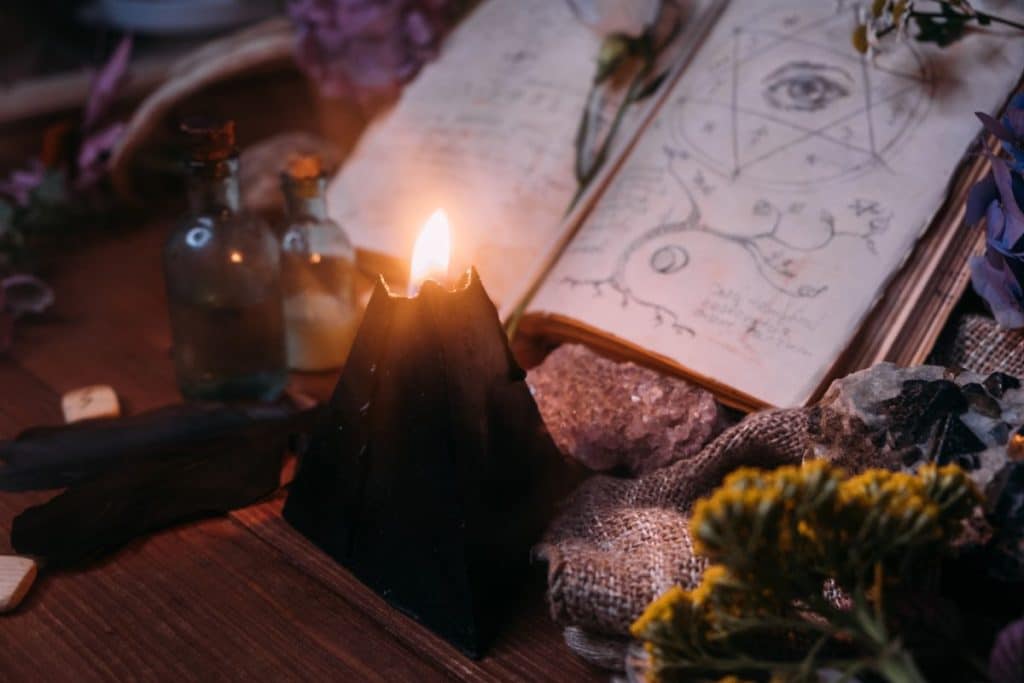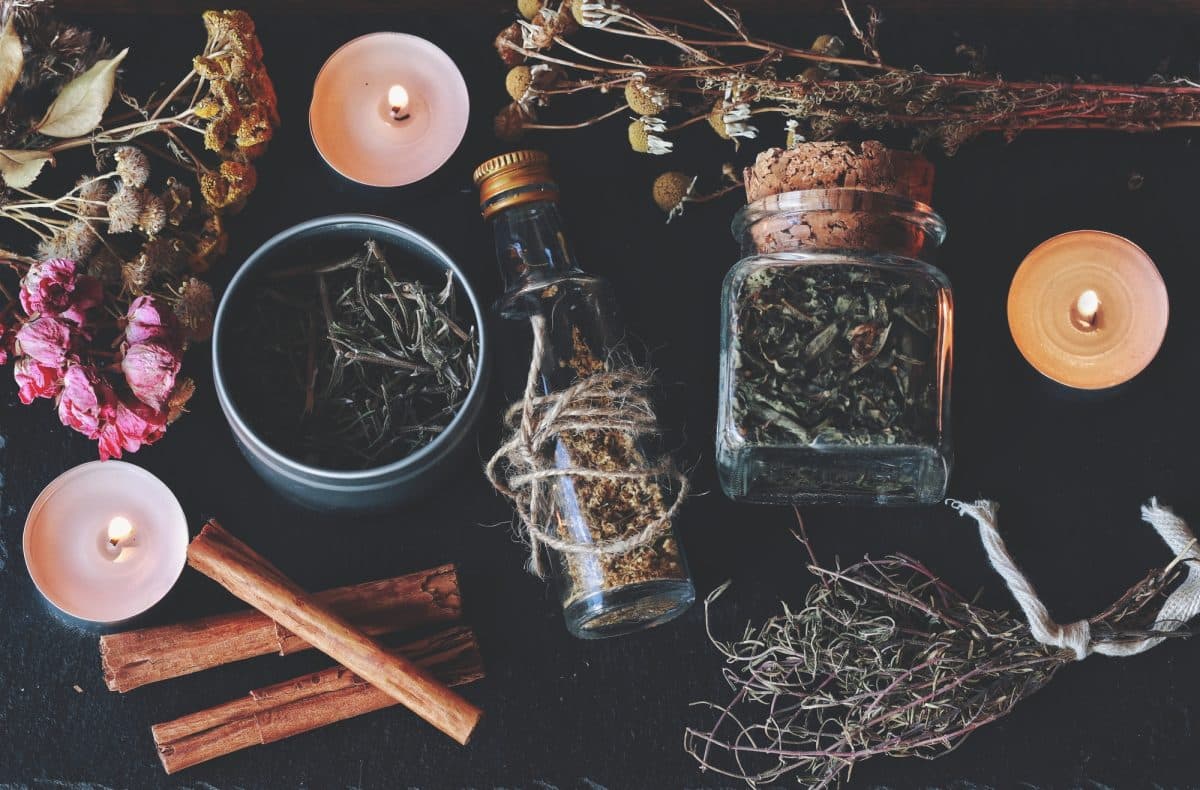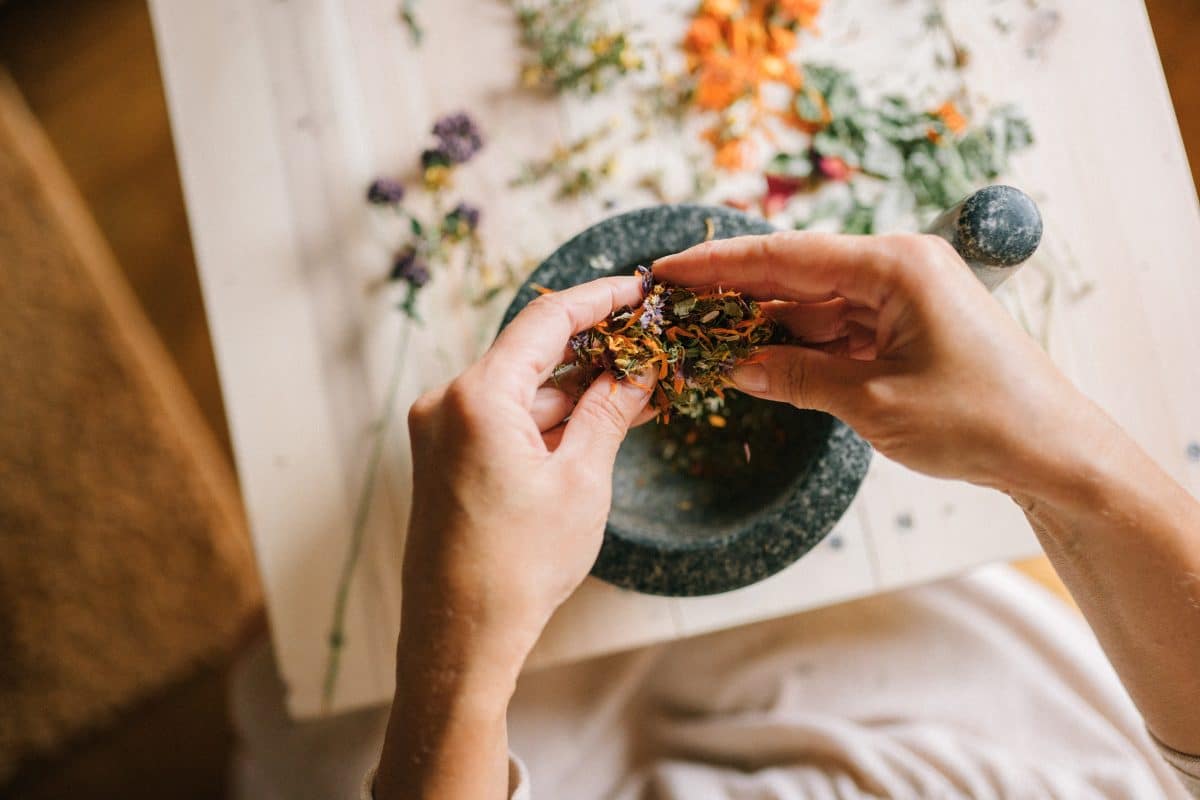Celebrating the Sabbats: Honoring the Cycles of Nature and Life
For many people, modern life can feel disconnected from the natural world. We spend most of our time indoors, staring at screens and rushing from one task to another without much awareness of the changing seasons and cycles of the earth. However, many spiritual traditions view nature as a sacred and interconnected web of life and celebrate the turning of the wheel of the year with ritual and ceremony.

Which leads into paganism, which encompasses diverse beliefs and practices that honor nature, the divine, and the interdependence of all beings. One of the key elements of pagan practice is the celebration of the Sabbats, which are eight seasonal festivals that mark the year’s cycles.
Each Sabbat has its own themes, symbols, and rituals that reflect the changing seasons and the mysteries of life, death, and rebirth.
In this blog post, we’ll explore the Sabbats in more detail and offer tips on choosing, planning, and performing a Sabbat celebration that resonates with you.
Table of Contents
The Eight Sabbats
The eight Sabbats are:
- Yule (winter solstice): celebrated around December 21st in the Northern Hemisphere and June 21st in the Southern Hemisphere. Yule marks the longest night and the return of the sun, and is associated with rebirth, hope, and new beginnings. Symbols of Yule include evergreens, holly, mistletoe, and candles.
- Imbolc (early spring): celebrated around February 1st in the Northern Hemisphere and August 1st in the Southern Hemisphere. Imbolc marks the midpoint between the winter solstice and the spring equinox, and is associated with purification, initiation, and creativity. Symbols of Imbolc include snowdrops, candles, and Brigid’s cross.
- Ostara (spring equinox): celebrated around March 20th in the Northern Hemisphere and September 22nd in the Southern Hemisphere. Ostara marks the balance between light and dark, and the return of life after the death of winter. It is associated with fertility, growth, and renewal. Symbols of Ostara include eggs, bunnies, flowers, and the equilateral cross.
- Beltane (May Day): celebrated around May 1st in the Northern Hemisphere and November 1st in the Southern Hemisphere. Beltane marks the beginning of summer and is associated with love, passion, and abundance. It is a time for celebrating the union of the god and the goddess and the renewal of life. Symbols of Beltane include maypoles, flowers, ribbons, and fires.
- Litha (summer solstice): celebrated around June 21st in the Northern Hemisphere and December 21st in the Southern Hemisphere. Litha marks the longest day and the peak of summer, and is associated with the power of the sun, creativity, and joy. Symbols of Litha include sunflowers, oak leaves, bonfires, and water.
- Lammas (first harvest): celebrated around August 1st in the Northern Hemisphere and February 1st in the Southern Hemisphere. Lammas marks the first harvest of the year and is associated with gratitude, sacrifice, and transformation. It is a time for acknowledging the fruits of our labor and letting go of what no longer serves us. Symbols of Lammas include wheat, corn, bread, and scythes.
- Mabon (autumn equinox): celebrated around September 22nd in the Northern Hemisphere and March 20th in the Southern Hemisphere. Mabon marks the balance between light and dark, and the beginning of the descent into winter. It is associated with introspection, balance, and gratitude. Mabon is a time to reflect on the bounty of the harvest and to give thanks for the abundance in our lives. Symbols of Mabon include apples, grapes, acorns, and the equal-armed cross.
- Samhain (Halloween): celebrated around October 31st in the Northern Hemisphere and April 30th in the Southern Hemisphere. Samhain marks the end of the harvest and the beginning of the dark half of the year. It is associated with death, rebirth, and the thinning of the veil between the living and the dead. Samhain is a time to honor our ancestors, release what no longer serves us, and prepare for the winter. Symbols of Samhain include pumpkins, skulls, black cats, and the spiral.
Each Sabbat has its own unique energy and symbolism, but they all share a common theme of honoring the cycles of nature and the cycles of life. By celebrating the Sabbats, we can cultivate a deeper connection to the earth, to ourselves, and the divine.
Choosing a Sabbat to Celebrate
Depending on your location, beliefs, and preferences, you may choose to celebrate one or more Sabbats throughout the year.
You may feel drawn to a particular Sabbat because of its themes, symbols, or associations, or you may choose to celebrate the Sabbats that align with your calendar.
One way to choose a Sabbat is to pay attention to the natural world around you. Notice the changing seasons, the moon’s cycles, and the earth’s rhythms.
Reflect on what lessons or messages nature may be offering you at this time.
You may also want to research the Sabbats to learn more about their history, mythology, and practices.
Once you have chosen a Sabbat to celebrate, you can begin to prepare your altar and plan your ritual.
Preparing Your Altar
An altar is a sacred space where you can display symbols, tools, offerings, and decorations related to your chosen Sabbat. Your altar can be as simple or elaborate as you like, depending on your personal style and intention.
To create an altar, you will need a flat surface such as a table, shelf, or box. You can cover the surface with a cloth or paper that reflects the colors and themes of your chosen Sabbat. For example, you might use green and gold for Ostara or black and orange for Samhain.
Next, you can add items that are associated with your chosen Sabbat. Some examples include:
- Candles: Candles are a common symbol of the Sabbats and can represent the elements, the directions, or the deities. You may want to use candles in colors that correspond to your chosen Sabbat, such as red for Beltane or orange for Mabon.
- Incense: Incense can purify the space, create a mood, or honor the deities. You may want to choose an incense with a scent associated with your chosen Sabbat, such as cinnamon for Samhain or lavender for Imbolc.
- Crystals: Crystals can be used to amplify the energy of the space and enhance your intention. You may want to choose crystals associated with your Sabbat, such as rose quartz for Beltane or citrine for Litha.
- Flowers: Flowers can represent nature’s beauty and abundance and add color and fragrance to your altar. You may choose flowers that are in season or have a special meaning.
- Statues or images: Statues or images of deities, animals, or symbols can be used to represent the energies and archetypes of your chosen Sabbat. You may want to choose a statue or image that resonates with your personal beliefs and intentions.
- Offerings: Offerings can be used to show gratitude, ask for blessings, or honor the deities. You may want to choose offerings that are associated with your chosen Sabbat, such as honey for Imbolc or pumpkins for Samhain.
- Tools: Depending on your ritual plan, you may want to include tools such as a wand, athame, chalice, or pentacle on your altar. These tools can be used to direct energy, draw symbols, or represent the elements.
- Decorations: You can add decorations such as ribbons, garlands, or symbols that are associated with your chosen Sabbat to make your altar more festive and visually appealing.
Remember that your altar is a reflection of your own intention and personality. You can add or remove items as you see fit, and make changes based on your own experiences and preferences.
Planning Your Ritual
Once you have prepared your altar, you can begin to plan your ritual. A ritual is a series of actions to connect with your chosen deity or deities, express gratitude for their blessings, ask for their guidance or protection, or manifest your desires.
Your ritual can be as simple or elaborate as you like, depending on your personal style and intention. You can follow a traditional ritual format or create your own based on your intuition and creativity.
Some elements that you may want to include in your ritual are:
- Setting an intention: Before you begin your ritual, take a few moments to set an intention for what you want to achieve or experience. This could be a specific goal, a feeling you want to cultivate, or a question you want to ask.
- Casting a circle: A circle is a boundary that separates your ritual space from the mundane world and creates a safe and sacred environment for your work. You can cast a circle by walking around your altar clockwise with a tool such as a wand or while visualizing a sphere of light enclosing you.
- Invoking the elements: You can invoke the elements by calling their names aloud or silently while facing each direction and welcoming them to join your circle. You may also want to use specific gestures or tools to represent each element.
- Invoking your chosen deity or deities: You can invoke your chosen deity or deities by saying their names aloud or silently while offering them something such as incense, wine, or bread. You may also want to recite a prayer, chant, or poem that honors the deity or deities.
- Performing your main ritual action(s): This is where you do what you came here to do, such as meditate, pray, sing, dance, make an offering, make a request, make a vow, or make magic. You can follow a script or improvise based on what feels right for you.
- Giving thanks and releasing the circle: Once you have completed your main ritual action(s), take a few moments to give thanks to the elements and your chosen deity or deities. You can also release the circle by walking counterclockwise around your altar while visualizing the sphere of light dissipating.
Gathering Your Supplies
Depending on your ritual plan, you may need some supplies such as candles, matches/lighter/fire source, incense/burner, salt/water/bowl, wine/juice/cup, bread/cake/plate, knife/athame, wand/staff/rod, pentacle/disk/tile, chalice/cup/goblet, bell/chime/rattle, and so on.
You may already have some of these supplies at home, or you may need to purchase them from a metaphysical store or online retailer. You can also use natural materials that you find outside, such as stones, flowers, and leaves, to add to the energy of your ritual.
It’s important to remember that you don’t need to have all of these supplies to perform a meaningful ritual. The most important ingredient is your intention and willingness to connect with the divine and the natural world.
Tips for a Meaningful Sabbat Celebration
Here are some tips to help you make the most of your Sabbat celebration:
- Take time to prepare: Before your chosen Sabbat, take some time to prepare your altar, gather your supplies, and plan your ritual. This will help you to focus your intention and create a sacred space that supports your connection with the divine.
- Connect with nature: The Sabbats are all about honoring the cycles of nature, so take some time to connect with the natural world around you. You could take a walk in the woods, sit by a river, or plant seeds in your garden.
- Honor your ancestors: The Sabbats are also a time to honor your ancestors and the lineage of your spiritual practice. You could light a candle, leave an offering for your ancestors, or research the traditions of your cultural heritage.
- Share with others: The Sabbats are traditionally celebrated in community, so consider inviting friends or family to join you in your celebration. You could also attend a local pagan event or circle, or connect with other pagans online.
- Be open to the mystery: The Sabbats are a time to honor the mysteries of life, death, and rebirth, and to connect with the divine in its many forms. Be open to the unexpected, and allow yourself to be guided by your intuition and the energy of the moment.
Sabbats
The Sabbats offer a rich and meaningful way to connect with the cycles of nature and the cycles of life. Whether you celebrate one Sabbat or all eight, the key is to approach the celebration with intention, reverence, and openness.
By creating a sacred space, connecting with nature, and honoring the divine and your ancestors, you can cultivate a deeper sense of connection and meaning in your life. So go forth and celebrate the Sabbats in your own unique way, and may you be blessed with the wisdom and guidance of the divine.






